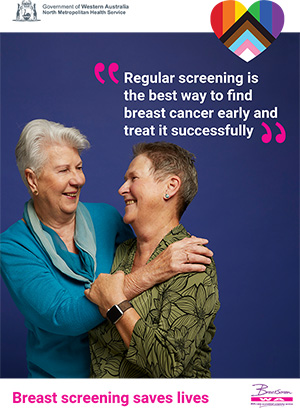
New guidelines outlining how often gay men, transgender men, and other men who have sex with men, should get tested for sexually transmitted infections have been released.
The new guidelines were released at the combined 2019 Australiasian Sexual Health Conference, and Australasian HIV AIDS Conference which was held in Perth last week.
Sexually active men, who are having sex with other men, should get tested for sexually transmitted infections every three months. Experts recommend that the tests should include blood tests for syphilis, HIV, and tests for Hepatitis A and B if not vaccinated. Men should also get a urine test and swabs for gonorrhoea and chlamydia.
The new guidelines recommend that men should have both mouth and anal swabs regardless of their reported sexual history.
People living with HIV, on PrEP treatment or with a history of injecting drug use are encouraged to have a test for Hepatitis C annually.
The new guidelines from STI’s in Gay Men Action Group (STIGMA) have been endorsed by The Royal Australiasian College of General Practicioners, The Australian Sexual Health Alliance (ASHA), The Royal Australian College of Physicians, and The Australasian Society for HIV, Viral Hepatitis and Sexual Health Medicine (ASHM).
The new recommendations also align with the requirement that people on PrEP treatment are tested for sexually transmitted infections every three months.
While the number of tests being undertaken by gay men and other men who have sex with men have been increasing over the last few years, a recent analysis of data has revealed that the large majority of the increased testing is due to men on PrEp treatment, where having the test is a requirement of going on the preventative medication.
Speaking at the conference researcher Benjamin Bavinton from the Kirby Institute presented the latest data from NSW and recommended that more effort needed to be put into encouraging all sexually active gay men to get tested regularly.
“Clearly education is still needed to create demand for more frequent testing amongst these non-PrEP using, high risk men.” Bavington said, but stressed that was only one part of the response that is needed.
“We need to investigate other HIV testing models to make testing more convenient, to reduce the barriers to testing. It is critical that high risk non-PrEP users are accommodated within clinics.” Bavinton said, noting that engagement with this group was also an opportunity for clinicians to encourage them to move on to PrEP treatment.
The new guidelines comes as Western Australia reported a significant increase in new diagnosis of sexually transmitted infections including gonorrhea, syphilis and chlamydia.
Graeme Watson






